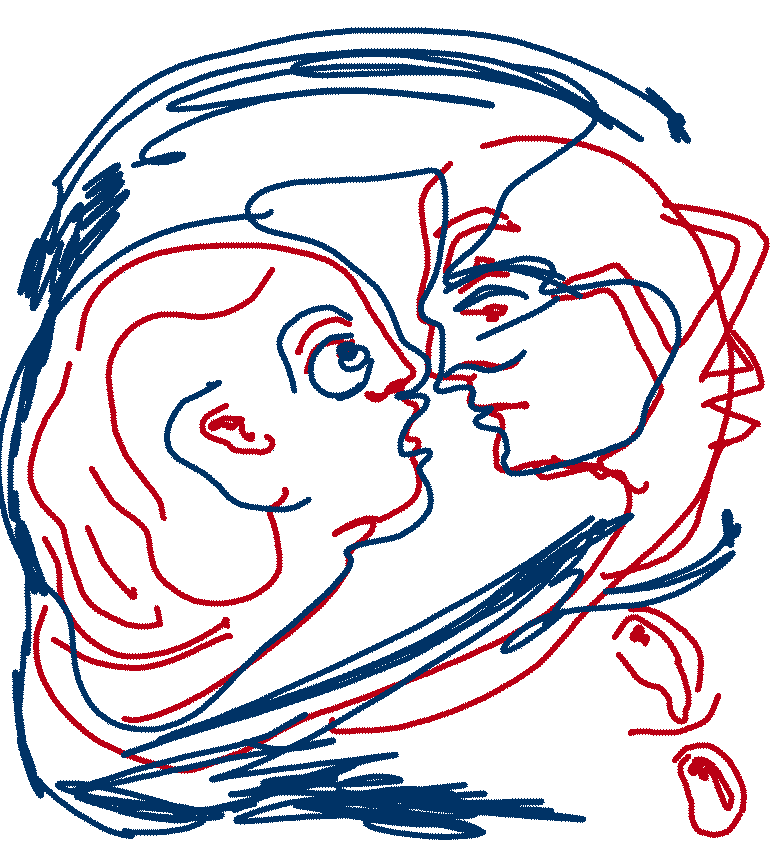
Zaatari refugee camp —
This is an aerial photograph of the Zaatari refugee camp, situated eight kilometers from the Jordan/Syria border, taken on July 18, 2013. As many as 150,000 people are now living there, with more arriving every day.
Hypermarket —
Cable television can be purchased in the camp, while there is also a bridal shop. In February the first hypermarket opened on the site, with refugees able to purchase foods not normally included in rations using vouchers.

Star quality —
Abeer Rantisi is a Jordanian international. She also coaches, working with Syrian girls and young women who have fled the horrors of civil war. "The main thing we can work on is self-confidence," explains Rantisi. "To bring those people here and tell them they can achieve whatever they want. We have to make them resilient because they were suffering in Syria."

What is sport? —
The majority of people at Zaatari have come from Syria's southern conservative Sunni population. These girls have never played football and the biggest issue in the camp, according to Rantisi, is privacy. "In the first lecture we say: 'We are national team players. We have come here to talk about sport',' explains Rantisi. "They ask: 'What do you mean? What is sport?'"

Stars of the future —
Football's world governing body FIFA donated t-shirts to children at the Zaatari refugee camp last year. The organization Save the Children has also built a football pitch inside the camp.

Presidential visit —
As part of FIFA's visit in July 2013, the world governing body's president Sepp Blatter met with some of the children who play football inside the camp.

Going green —
A group of young girls wearing one of the FIFA shirts enjoy kicking a ball.

Counting the cost —
It costs almost $1.6 billion a year to run Zaatari, but the human cost is immeasurable.


